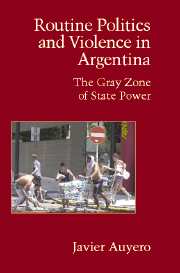Book contents
Preface and Acknowledgments
Published online by Cambridge University Press: 05 June 2012
Summary
One might legitimately ask how, from my considerable distance in place and time from the events I am describing, I can know all that I claim to be a part of my brother's story…. And the answer, of course, is that I do not, in the conventional sense, know many of these things. I am not making them up, however. I am imagining them. Memory, intuition, interrogation and reflection have given me a vision, and it is this vision that I am telling here.
Russell Banks, Affliction, p. 47There is not one simple, “animal,” response to hunger…. “Riot”… is not a “natural” or “obvious” response to hunger but a sophisticated pattern of collective behaviour, a collective alternative to individualistic and familial strategies of survival. Of course hunger rioters were hungry, but hunger does not dictate that they must riot nor does it determine riot's forms.
E. P. Thompson, Customs in Common, p. 266In 1989, when the first food riots in modern Argentine history occurred, I was living in Buenos Aires – close, in fact, to one of the epicenters of the violence. Years later, in December 2001, when the episodes this book describes and seeks to understand took place, I was not in Argentina. I watched brief images of the sacking of food markets and other stores on TV and read about them on-line in the Argentine newspapers.
- Type
- Chapter
- Information
- Routine Politics and Violence in ArgentinaThe Gray Zone of State Power, pp. xiii - xviiiPublisher: Cambridge University PressPrint publication year: 2007

